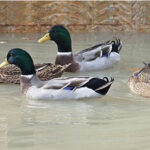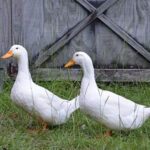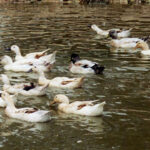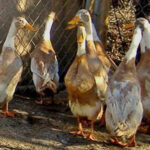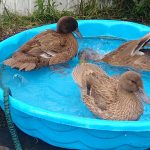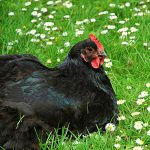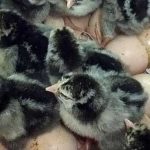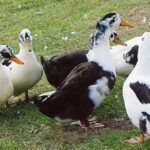
The Ancona duck originated in the 1910s, yet remains a rare breed that has never been listed in the American Standard of Perfection. Cackle Hatchery® is one of its few long-term breeders, having maintained Ancona genetics since 1977. Physical Attributes Anconas are typically white and black, or any combination of white and color, in irregular […]
Continue Reading
